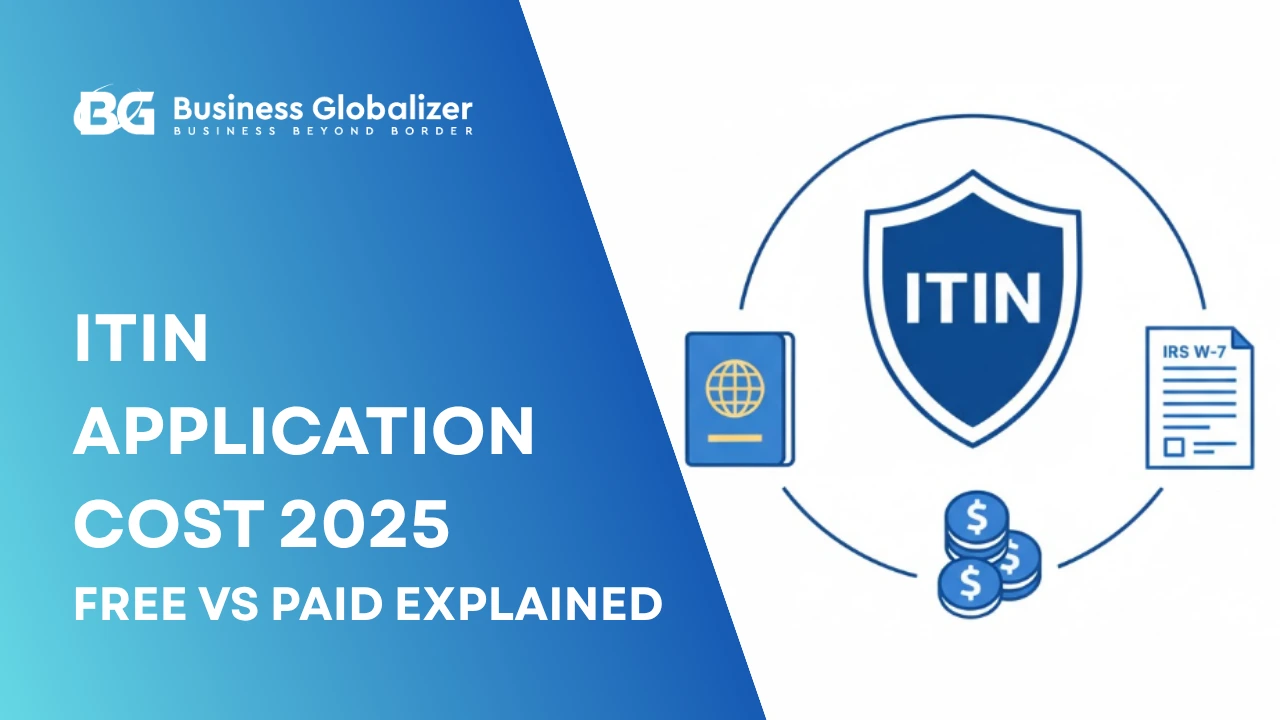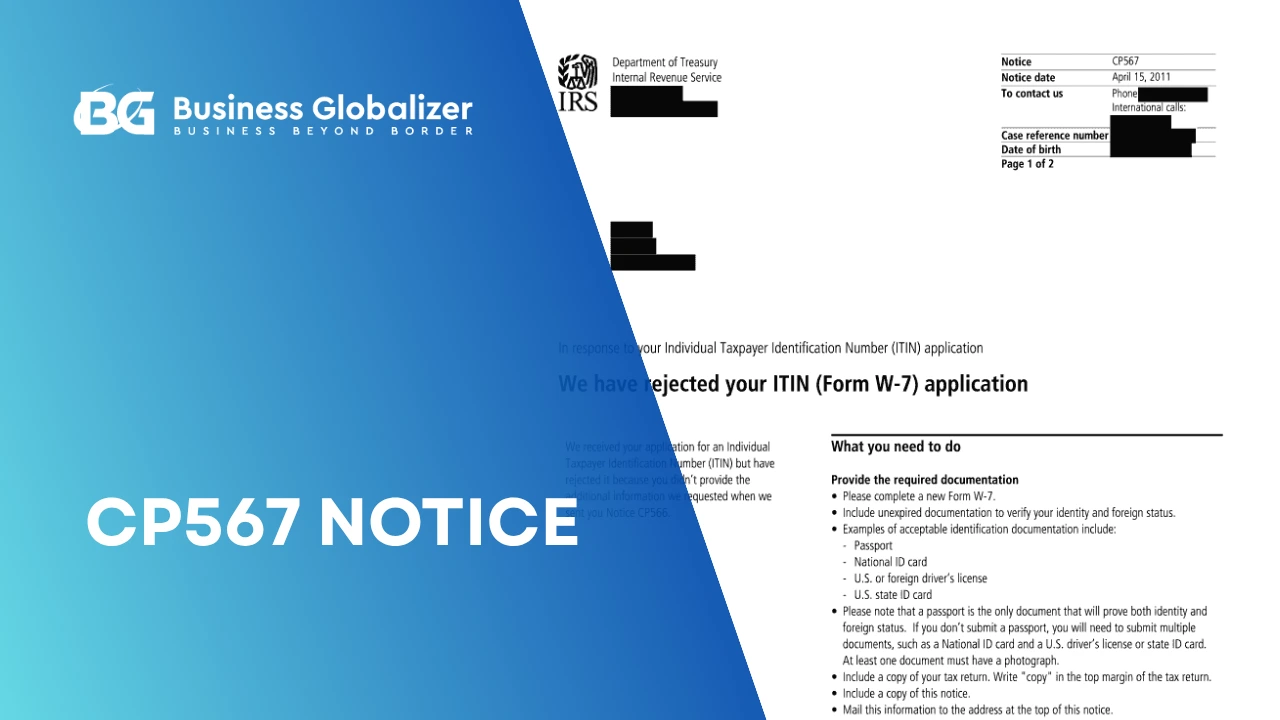Have you ever wondered why some people pay more taxes than others? It’s all because of something called ‘tax brackets.’ But don’t worry, understanding tax brackets is easier than you think! In this comprehensive guide, we’ll explore everything you need to know about US Tax Brackets, from what they are to how they affect your money.
So grab a snack, and let’s dive into the world of taxes together!
What Is a Tax Bracket?
Let’s begin with the very first question: What is the tax bracket?
A tax bracket is a system used to determine the tax rates you are required to pay based on your taxable income. Essentially, income levels are divided into various ranges. Each range has a specific tax rate, which is the percentage of your income that you owe in taxes to the government.
This creates a progressive tax system, meaning that people with higher incomes pay a larger portion of their earnings in taxes compared to those with lower incomes.
How Do US Tax Brackets Work?
The US tax system uses brackets to organize income levels into different categories, each with a higher tax rate for higher income tiers. This is known as a progressive system. As your income increases, you pay progressively more on the additional income you earn, not your entire income.
Several factors determine which specific tax brackets apply to your situation. Now that you have a basic understanding of US tax brackets, let’s explore the key factors that influence how they work:
Filing Status
The first is your filing status, which reflects your marital status and tax filing situation (single, married filing jointly, etc.). There are different tax brackets for each filing status.
Taxable Income
Secondly, your taxable income, which is your income minus any allowed deductions and adjustments, plays a crucial role. This is the income used to determine your tax liability based on the tax bracket you fall into. Deductions and adjustments can significantly impact your taxable income, potentially moving you to a lower tax bracket.
Marginal Tax Rate
Within each tax bracket, a marginal tax rate is applied. This is the percentage of tax you pay on each additional dollar of income within that specific bracket. It’s important to remember that your entire income isn’t taxed at the highest rate you qualify for; only the portion exceeding the lower brackets is subject to the higher marginal tax rate.
US Tax Bracket Ranges
The US tax system employs a progressive structure, meaning the tax rate increases as your taxable income rises. This ensures that individuals with higher incomes contribute a larger portion of their earnings towards taxes.
Example of US Tax Brackets
For example, if you’re single and earn $15,000, the first $11,925 is taxed at 10%. The remaining $3,075 falls into the next bracket, where only that $3,075 is taxed at the higher rate, not your entire $15,000. This way, the more you earn, the more you pay for the higher amounts.
Tax Brackets Vs. Tax Rates: What Makes Them Different?
While understanding the world of taxes, you might encounter two terms that often get intertwined: tax brackets and tax rates. While they may sound similar, they serve distinct purposes in the US tax system.
Tax Brackets
Tax brackets are like categories that divide different levels of income. Each bracket has its own range of income and corresponding tax rate. Your income falls into one of these brackets based on how much you earn.
Tax Rates
Tax rates show how much of your income gets taxed at each level. Each tax bracket has a specific tax rate. This is the percentage of your income that you owe in taxes within that bracket.
Here’s a simple table to illustrate the difference for your better understanding:
| Tax Brackets | Tax Rates |
|---|---|
| Tax brackets are like income groups. Each group has a specific range of income. | Tax rates show how much tax you pay for each dollar you earn in a particular bracket. |
| Your income determines which tax bracket you’re in. | Tax rates are percentages. They tell you what portion of your income you owe in taxes. |
| As your income increases, you might move into a higher tax bracket. | Tax rates vary depending on your income level and filing status. |
| Tax brackets help determine how much of your income is taxed at different rates. | Tax rates help calculate your total tax bill based on your income and filing status. |
How Many Tax Brackets Are There?
Building on what we’ve covered about US tax brackets, you might wonder how many of these levels exist. In the US, the federal government IRS has set seven distinct tax brackets for the 2025 tax year. These brackets range from 10% for the lowest earners to 37% for those at the top.
So, no matter how much or how little you earn, there’s a specific bracket tailored to your income level.
Federal Tax Brackets of 2025
In 2025, the seven income tax rates range from 10% to 37%. The tax rates are based on income made in 2025 and reported on tax returns in 2026.
| Tax Rate | For Single Filers | For Married Filing Joint Returns | For Married Filing Separately | For Heads of Households |
|---|---|---|---|---|
| 10% | $0 to $11,925 | $0 to $23,850 | $0 to $11,925 | $0 to $17,000 |
| 12% | $11,926 to $48,475 | $23,851 to $96,950 | $11,926 to $48,475 | $17,001 to $64,850 |
| 22% | $48,476 to $103,350 | $96,951 to $206,700 | $48,476 to $103,350 | $64,851 to $103,350 |
| 24% | $103,351 to $197,300 | $206,701 to $394,600 | $103,351 to $197,300 | $103,351 to $197,300 |
| 32% | $197,301 to $250,525 | $394,601 to $501,050 | $197,301 to $250,525 | $197,301 to $250,500 |
| 35% | $250,526 to $626,350 | $501,051 to $751,600 | $250,526 to $375,800 | $250,501 to $626,350 |
| 37% | $626,351 or more | $751,601 or more | $375,801 or more | $626,351 or more |
It’s crucial to remember that the federal government is not the only entity that levies income taxes. While the federal system operates with these seven brackets, individual states may have their own tax structures. Some states may have their own tax brackets, while others may use a flat tax rate (a single rate applied to all income levels) or even have no state income tax.
How to Do Tax Bracket Calculation
While we’ve explained how tax brackets work, understanding how they translate to actual tax calculations is equally important.
- Start by calculating your taxable income, which is your total income minus any deductions or adjustments allowed by the IRS.
- Identify Your Filing Status. Make sure you know which category applies to you.
- Look up the current tax bracket given above in the table provided by the IRS for your filing status and tax year.
- Once you’ve determined which tax bracket your income falls into, multiply your income within each bracket by the corresponding tax rate.
- Then add up the totals to find your total tax liability.
- Consider any deductions or credits for which you qualify.
To further solidify your understanding, let’s explore another illustrative scenario that applies to tax returns filed in 2026.
Suppose you’re filing as a single taxpayer in 2026, with a taxable income of $70,000 earned in 2025. Using the provided tax brackets by the IRS, your taxes would be calculated as follows:
- The first $11,925 of your income is taxed at 10%, resulting in $1,192.50 in tax.
- The next $36,550 of your income (from $11,926 to $48,475) is taxed at 12%, adding $4,386.00.
- Finally, the remaining $21,525 of your income (from $48,476 to $70,000) is taxed at 22%, which is $4,735.50.
- Summing up these amounts, the total tax you would owe is $1,192.50 + $4,386.00 + $4,735.50 = $10,314.00.
Pros and Cons of Learning Tax Brackets
Understanding tax brackets can offer several benefits, but they also come with some limitations. Here’s a breakdown of the pros and cons:
Advantages of Learning Tax Brackets
- Empowered Financial Decision-Making: Knowledge of tax brackets allows you to make informed financial decisions, such as optimizing retirement contributions or timing asset sales to minimize tax liabilities.
- Effective Tax Planning: By understanding how tax brackets work, you can strategically plan your income and deductions to minimize your tax burden, potentially saving you money in the long run.
- Improved Budgeting: Knowing your tax bracket helps you budget more accurately, ensuring you set aside the appropriate amount for taxes and avoid surprises come tax time.
- Maximized Tax Efficiency: Learning about tax brackets enables you to leverage tax-advantaged accounts and investment strategies to maximize tax efficiency and grow your wealth over time.
Disadvantages of Learning Tax Brackets
- Complexity: It can be hard to fully understand the details and possible ways to save money regarding tax rules and brackets.
- Variable Tax Rates: Tax brackets can change from year to year due to legislative changes. This makes long-term tax planning and keeping track more challenging.
- Time-Consuming: Learning about tax brackets and implementing tax planning strategies can require significant time and effort, especially for individuals with more complex financial situations.
- Potential for Mistakes: Misunderstanding tax brackets or making errors in tax planning can lead to costly mistakes, such as overpaying taxes or triggering underpayment penalties.
However, it’s important to maintain realistic expectations and acknowledge the limitations of this knowledge. Seeking guidance from qualified tax professionals remains crucial when dealing with complex tax situations or navigating significant financial decisions.
How to Get Into a Lower Tax Bracket
Lowering your income into a lower tax bracket can be a strategic move to minimize your tax liability. Here’s how you can do it:
- Utilize Tax Deductions: Take advantage of tax deductions to reduce your taxable income. Deductions, such as those for charitable donations, property taxes, and mortgage interest, can help lower your income so that you fall into a lower tax bracket. By itemizing deductions on your tax return, you can effectively reduce the amount of income subject to taxation.
- Explore Tax Credits: Tax credits provide a direct reduction in the amount of taxes you owe, dollar-for-dollar. Credits like the earned income tax credit or the child tax credit can help lower your tax bracket by reducing your tax liability. These credits can be especially beneficial for individuals with lower incomes or those with qualifying dependents.
- Combine Deductions and Credits: Depending on your financial situation, you may be eligible to use both tax deductions and credits to lower your overall tax bill. By strategically leveraging both deductions and credits, you can effectively lower the amount you owe to the IRS each year.
By implementing these strategies, you can potentially move into a lower tax bracket, resulting in significant tax savings and a more favorable financial outcome.
Why Might Your Tax Bracket Change?
It’s good to say that your tax bracket isn’t set in stone. While understanding tax brackets empowers you to estimate your potential tax burden, it’s important to remember that your tax bracket can fluctuate over time. Here are some key reasons why your tax bracket might change:
- Changes in Income:
- Income Increases: As your income rises, you might move into a higher tax bracket. Remember, this doesn’t mean your entire income is taxed at the higher rate; only the portion exceeding the lower bracket threshold is subject to the increased tax rate.
- Income Decreases: Conversely, a decrease in income due to job loss, retirement, or other circumstances could potentially move you into a lower tax bracket.
- Income Increases: As your income rises, you might move into a higher tax bracket. Remember, this doesn’t mean your entire income is taxed at the higher rate; only the portion exceeding the lower bracket threshold is subject to the increased tax rate.
- Adjustments to Filing Status
- Marriage or Divorce: Getting married or divorced can change your filing status (single, married filing jointly, etc.), which can impact the tax brackets you qualify for.
- Having Dependents: Adding dependents to your tax return can also influence your filing status and potentially move you into a lower tax bracket due to increased standard deductions or tax credits.
- Marriage or Divorce: Getting married or divorced can change your filing status (single, married filing jointly, etc.), which can impact the tax brackets you qualify for.
- Fluctuations in Deductions and Credits
- Maximizing Deductions and Credits: As discussed earlier, strategically utilizing available deductions and credits can effectively reduce your taxable income, potentially pushing you into a lower tax bracket.
- Changes in Tax Laws: Tax regulations and the availability of deductions and credits can evolve with the passing time, impacting your taxable income and potentially changing your tax bracket.
- Maximizing Deductions and Credits: As discussed earlier, strategically utilizing available deductions and credits can effectively reduce your taxable income, potentially pushing you into a lower tax bracket.
- Moving to a Different State
Income tax structures vary significantly across different states, with some states featuring multiple tax brackets, while others impose no state income tax at all. Relocating to a state with a lower income tax rate or no state income tax could potentially lower your overall tax liability, although other factors like the cost of living should also be considered.
Remember, responsible tax strategies should always prioritize compliance and ethical practices within the legal framework.
What Happens When You Change US Tax Brackets?
Various factors can cause you to shift between tax brackets. It’s crucial to understand what happens when such a change occurs. Here’s a breakdown of what to expect when your tax bracket changes:
- Tax Rate Adjustments: The most noticeable change is in the tax rates that apply to your taxable income. Moving into a higher tax bracket typically results in a higher tax bill, while transitioning to a lower tax bracket reduces the amount you owe.
- Impact of Deductions: Taxes in the U.S. are structured so that certain deductions can be applied to your adjusted gross income (AGI) to determine your taxable income. Depending on your eligibility for deductions, you may be able to lower your taxable income and potentially move into a lower tax bracket. Conversely, if you lose deductions or your AGI increases, you could find yourself in a higher tax bracket.
- Consideration of Tax Credits: Even if you end up in a higher tax bracket, you may qualify for tax credits that offset your tax liability. These credits can help reduce the amount you owe, providing relief from higher tax rates.
- Potential Impact on Benefits: Certain government benefits and eligibility for tax credits might be based on your income and tax bracket. Shifting brackets could potentially affect your eligibility or the amount you receive from these programs.
Are Non-residents Subject to the US Tax Brackets?
Non-resident aliens are generally subject to different tax rules than U.S. residents. While they may be subject to U.S. taxation on certain types of income sourced in the U.S., they are typically not subject to U.S. tax brackets in the same way as residents.
Instead, non-resident aliens may be subject to special tax rates and withholding requirements based on their visa status and the type of income they receive. Non-resident aliens need to understand their tax obligations and consult with a tax professional to ensure compliance with U.S. tax law.
FAQs
Q1: Can I reduce my tax bracket through deductions and credits?
Answer: Yes, deductions and credits can help lower your taxable income, potentially moving you into a lower tax bracket. Utilizing deductions for expenses like mortgage interest or contributions to retirement accounts, as well as tax credits for specific circumstances like education expenses or dependent care, can effectively reduce your tax liability.
Q2: Do tax brackets change every year?
Answer: Tax brackets are adjusted annually for inflation, meaning they may change slightly each year. It’s essential to stay updated on the current tax brackets to accurately estimate your tax liability and plan your finances accordingly.
Q3: Are there any special tax brackets or rates for specific types of income?
Answer: Some types of income, such as long-term capital gains and qualified dividends, may be subject to special tax rates that differ from ordinary income tax rates. Understanding these special rates can help optimize your tax strategy and minimize your tax burden.
Q4: What happens if my income crosses into a higher tax bracket?
Answer: If your income crosses into a higher tax bracket, only the portion of your income that falls within the higher bracket is taxed at the increased rate. This means you’ll pay higher taxes on the additional income but not on the income within the lower brackets.
Bottom Line
In conclusion, understanding how US tax brackets work is essential for effectively managing your finances and minimizing your tax liability. By knowing your tax bracket, leveraging deductions and credits, and staying informed about changes in tax laws, you can navigate the tax system with confidence.
Remember, while tax laws may be complex, seeking guidance from a qualified tax professional can help you navigate the intricacies of the tax system and make informed decisions.






